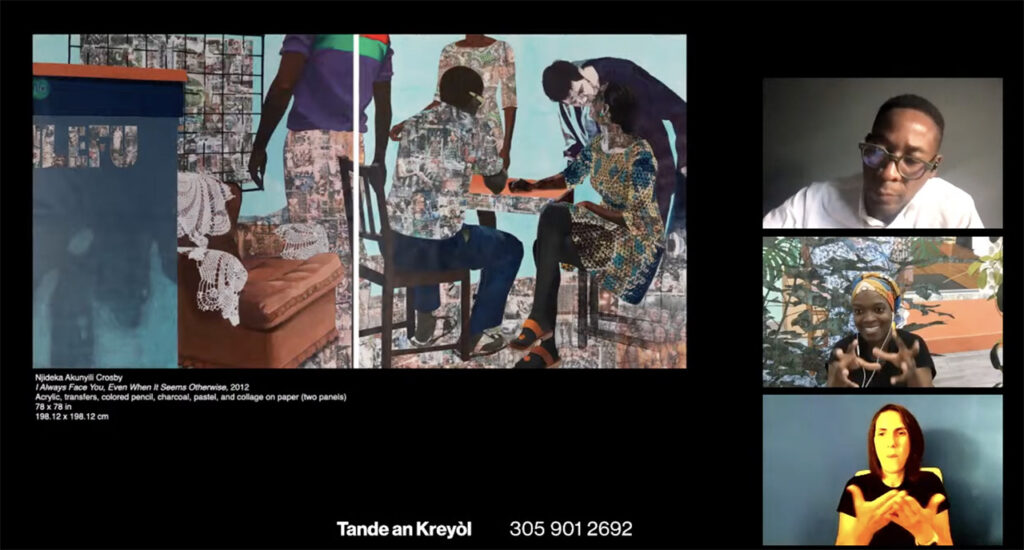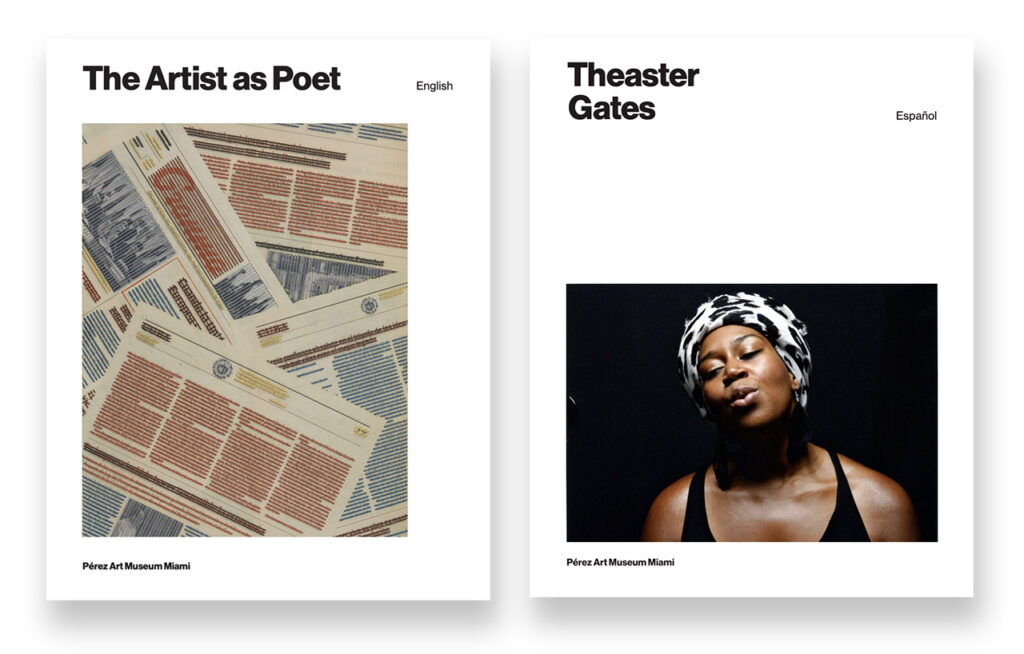The Pérez Art Museum (PAMM) is one of Miami’s greatest cultural jewels, a flagship institution that has highlighted the city’s diverse, diasporic community for over 35 years.
When Franklin Sirmans arrived at PAMM as Museum Director in 2015, the space was recently expanded, awaiting a steady hand to guide its mission towards an explicitly 21st-century, community-minded ethos. In his first six months at PAMM, Sirmans secured the largest donation of works in the museum’s short history, a gift of over 100 pieces from Design District developer Craig Robins. Over the past year, as PAMM launched its Digital Museum program to engage at-home audiences and adapted its Local Views series of artist talks for remote viewing, he could be found moderating virtual conversations and guiding virtual tours.
An esteemed curator prior to his appointment, he has long cultivated an eye towards modernity, developing shows like One Planet Under A Groove: Contemporary Art and Hip Hop at the Bronx Museum in 2003 and Futbol: The Beautiful Game at LACMA in 2014. This inclusive outlook has informed what Sirmans terms the “Miami lens,” a forward-facing structural praxis that encompasses every part of PAMM’s relationship with its visitors, partners, and staff.
Jing Culture & Commerce caught up with Sirmans to discuss the impact of COVID-19, the future of digital programming, and the importance of community-oriented museum work.
In what ways do you think PAMM has reconsidered the concept of outreach after COVID-19?
We’ve been talking a lot about being community centered and our guest experience. COVID accelerated a lot of those conversations because obviously, in order to reopen, we had to change our guest experience in many ways. We have a brilliant new Head of Guest Experience, Queena Washington, who has made the whole experience of walking through the door a much more bespoke one, and we have been trying to do that throughout the museum by having people who are working primarily in visitor services occupy the museum in different ways. There’s a prescribed route through the museum that wasn’t there before. We’ve done a lot of different things to keep people safe and healthy, but also to provide a more bespoke experience.
In that vein, were there any sector-wide conversations already in the air that COVID accelerated at PAMM?
Our commitment to digital, like everybody else’s, accelerated insanely. We had an all-staff with a hundred and something people on it on March 16th, and it was the first time many of those people had ever heard of Zoom, much less used it. Three to five years’ worth of digital commitment has happened within the span of the last year. We have a new Head of Digital Engagement, Jayne Mollica, who is phenomenal and conducting everything we do.
Now, digital covers every aspect of the museum; it’s not just a website to find out what time we’re open, but instead, what kind of art are we promoting that can be optimized by a digital environment. The Zoom programs are a big part of it, but this digital commitment opens up so many more avenues of interaction. We now see more and more people internationally engage with the museum because of that virtual facility. For me, that also means being able to have a guest like David Adjaye here while he’s in a studio in Ghana, or Amy Sherald from her studio in New Jersey to be live and engaged with us as a public program. Digital has really expanded the walls of the museum in a lot of ways.


Above: Sirmans in conversation with Njideka Akunyili Crosby, as part of PAMM’s Scholl Lecture Series. Below: For a touch-free experience in its galleries, PAMM has released its bilingual exhibition guides digitally. Images: PAMM
Now that reopenings are underway, have your digital endeavors impacted the way you think about in-person programming?
Oh yes. Now we’re in this hybrid world, and now with Zoom and Facebook Live, I don’t think we can let go nor would we want to. It’ll be great to be back physically next year, but we’ve also connected with so many patrons, supporters, and members this year when we were hybrid, so we don’t want to miss out on those opportunities to bring people together. There will definitely be a commitment to virtual components moving forward.
Institutions are now being called upon more than ever to respond to social movements. How has PAMM stepped up over the course of the last year?
We’ve always had a particular commitment that’s natural to our environment. We’re in a city where our government messaging is delivered in Creole, Spanish, and English, and as a team, we’ve been thoroughly committed to be at least bilingual in all our exhibition labeling and materials. It’s something that’s embedded in us, in our mission. We talk about leading from a Miami lens — what that means is that we should be the best at presenting the work of Latin American and the Caribbean. To me, it’s a conversation and to also be representative of our community in terms of the makeup of our staff. If anything, these commitments are being strengthened by the challenges and the emphases of the last year. It gives us more wind in our sails to be better in our regard.
Were there aspects of moving towards digital hybridity that have allowed you to reach new demographics?
The Fund for Black Art has garnered a lot of interest from all over the collective community — LA, Atlanta, Chicago. Digital allowed us to tap into their attendance; we love that, we want that. Likewise, we just did a gala of 300-something people, outside and with an element for those who wanted to join virtually, which allowed for lots of new people to join us for the first time. Our virtual chats with people like DJ Stretch Armstrong and George Clinton allowed us to be a little bit more experimental in our approach. We don’t want to lose track of that exchange.



